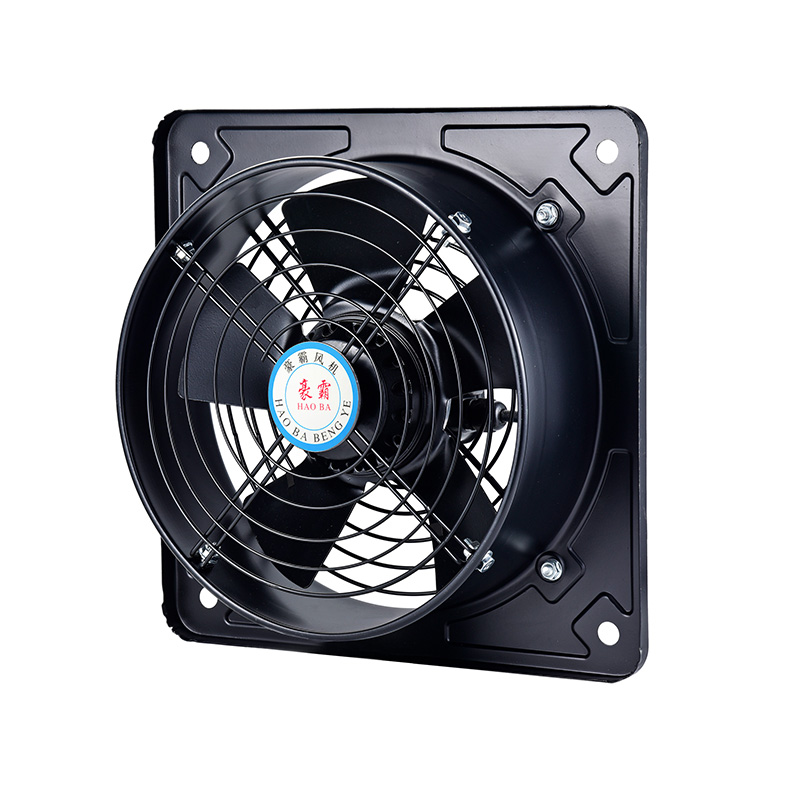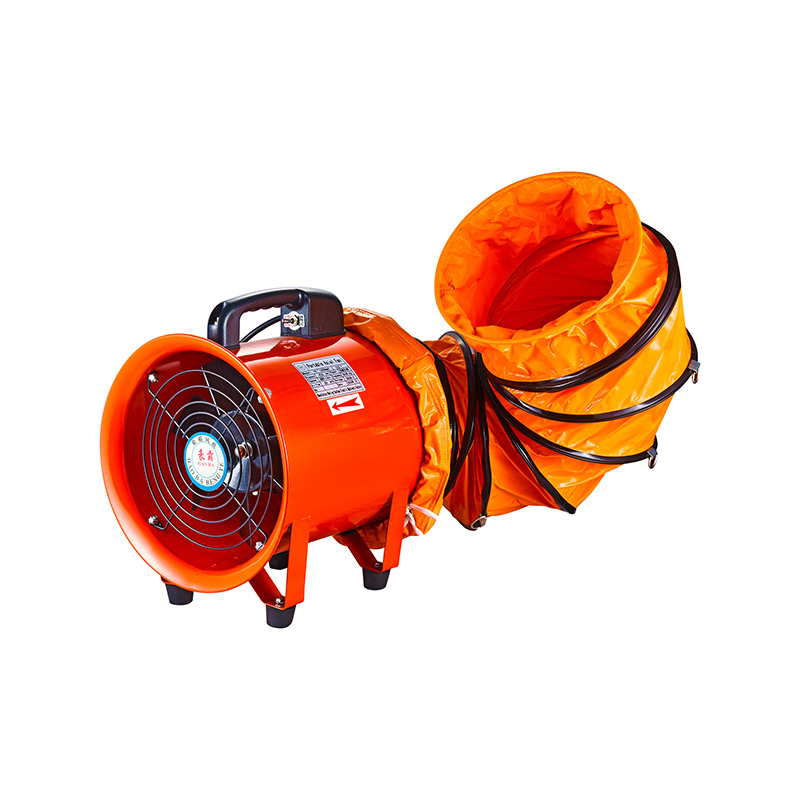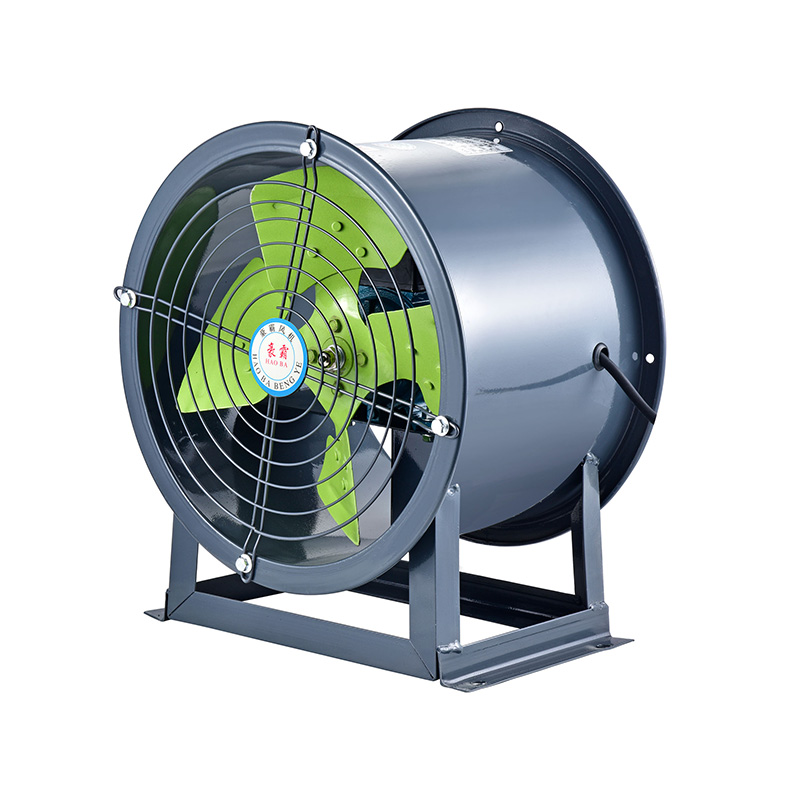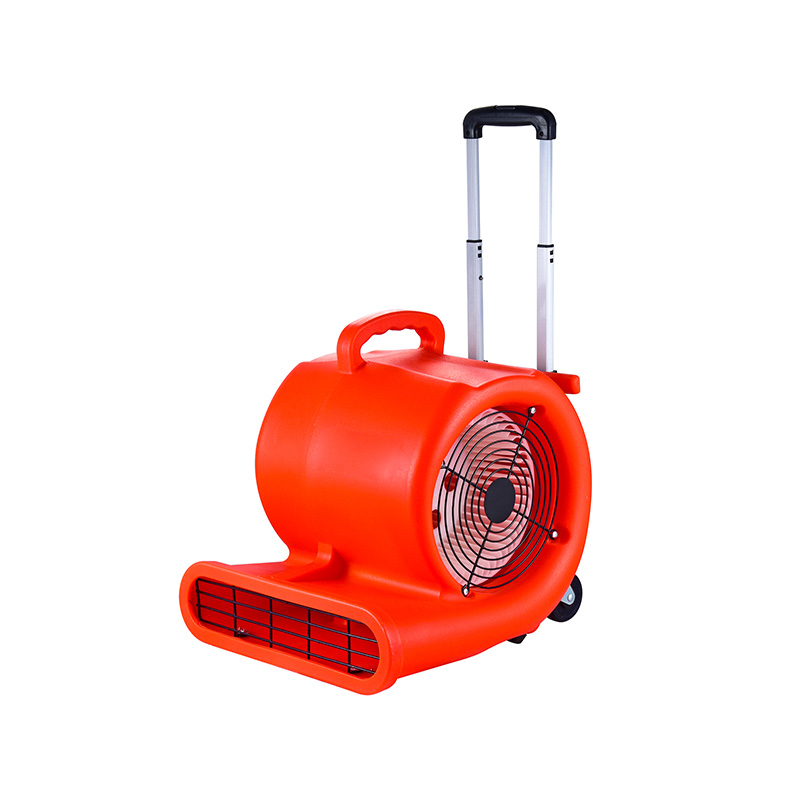Maintenance Checklist For Long-Term Fan Operation
2025-07-08
Maintaining fans properly is essential to ensure they operate efficiently and reliably over a long period. Whether you are using a high temp axial fan in a demanding industrial environment or managing a system with centrifugal fans in series, regular upkeep helps prevent unexpected breakdowns and extends the life of your equipment. This article provides a straightforward maintenance checklist that will keep your fans running smoothly, with special attention to three common types: high temp axial fan, centrifugal fans in series, and low noise blower fan.

One of the tasks in any maintenance routine is to inspect the physical condition of the fan and its components. Look for signs of wear, corrosion, or damage on the blades, housing, and motor. A high temp axial fan, often used in applications involving elevated temperatures, needs particular care to ensure seals and materials are not compromised by heat. Check for any discoloration or warping that might indicate excessive heat exposure. For centrifugal fans in series, it’s important to verify that all fans are aligned correctly and that their mounting structures remain secure, as misalignment can reduce system efficiency and cause vibration issues.
Cleaning is another critical part of fan maintenance. Dust, dirt, and debris can accumulate on blades and inside housings, reducing airflow and forcing motors to work harder. For a low noise blower fan, which is designed to operate quietly, even small amounts of dirt buildup can create imbalance and increase noise levels. Regular cleaning will help maintain smooth airflow and prevent damage caused by unbalanced components. Use appropriate tools such as brushes or compressed air to remove dirt without damaging delicate parts. When cleaning a high temp axial fan, be cautious not to affect any heat-resistant coatings or sensitive components.
Lubrication of moving parts is essential to reduce friction and wear. Bearings, shafts, and motor components should be checked and lubricated according to the manufacturer’s recommendations. For centrifugal fans in series, ensure all fans in the sequence receive proper attention, as neglecting one can affect the performance of the entire system. Use the specified type and amount of lubricant, and avoid over-lubrication, which can attract dust and cause further issues. Regular lubrication helps maintain the smooth, quiet operation that users expect from a low noise blower fan.
Monitoring vibration levels and noise during operation provides early warning signs of potential problems. Excessive vibration may indicate imbalanced blades, loose mounting bolts, or worn bearings. High temp axial fans, due to their exposure to harsh environments, may develop these issues over time, and early detection allows for timely repairs. For systems with centrifugal fans in series, vibration in one fan can propagate through the system, so regular checks are necessary. Additionally, a low noise blower fan is designed to produce fewer sound emissions; any increase in noise should be investigated promptly to prevent further damage.
Electrical inspections are another important aspect of fan maintenance. Check wiring, connections, and motor windings for signs of wear or damage. High temp axial fans often operate in conditions where electrical components face heat stress, so ensuring insulation and connectors are intact is vital. Verify that centrifugal fans in series have a consistent power supply and control signals to avoid uneven operation. For low noise blower fans, electrical faults can result in increased noise or intermittent performance, so regular inspections are necessary.
A well-documented maintenance log helps track all inspections, cleanings, repairs, and part replacements. Recording the performance and any issues related to your high temp axial fan or centrifugal fans in series allows you to identify trends and plan maintenance proactively. It also assists in maintaining warranty coverage and facilitates communication with service providers. For low noise blower fans, detailed records help ensure that noise levels remain within acceptable limits over time.
In addition to routine tasks, scheduled component replacements contribute to reliable long-term operation. Parts such as belts, seals, and bearings wear out over time, especially in demanding applications involving high temp axial fans or complex setups with centrifugal fans in series. Follow manufacturer guidelines on replacement intervals to avoid unexpected failures. For low noise blower fans, replacing worn components promptly helps maintain quiet operation and prevents secondary damage.
Finally, ensure that all safety measures are observed during maintenance. Disconnect power sources before any inspection or cleaning to avoid accidents. Use proper personal protective equipment, especially when working with high temp axial fans where heat and electrical hazards are present. For centrifugal fans in series, consider the effect of shutting down one fan on the overall system and take necessary precautions. Maintaining a safe working environment ensures that maintenance activities are completed efficiently and without incident.
In conclusion, a regular maintenance checklist covering inspection, cleaning, lubrication, vibration monitoring, electrical checks, documentation, component replacement, and safety is essential for the long-term operation of fans. Whether you manage a high temp axial fan, operate centrifugal fans in series, or use a low noise blower fan, adhering to this checklist helps maintain performance, reduce downtime, and protect your investment. Proper maintenance not only extends the fan’s service life but also ensures that your ventilation or cooling system continues to meet the needs of your facility reliably.

 English
English русский
русский عربى
عربى









